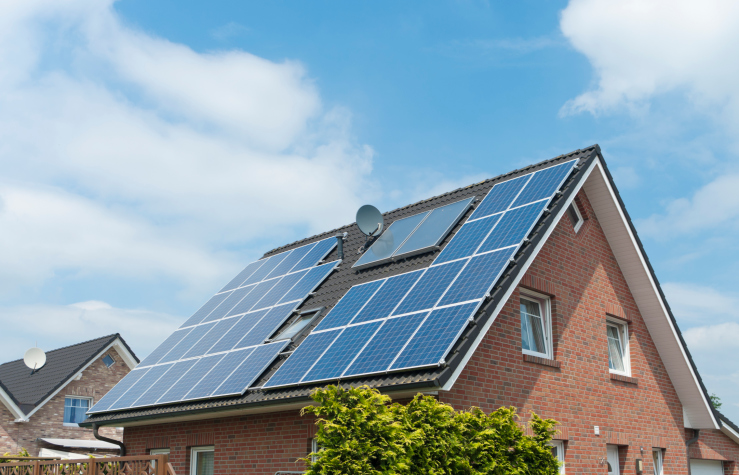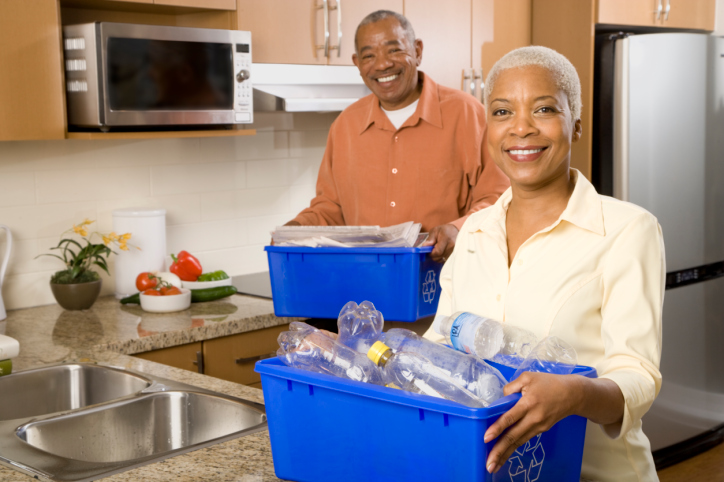Three Unique Upgrades That Will Drive Your Home’s Resale Price Through the Roof
 If you are a homeowner, you should always be thinking about ways that you can boost the resale value of your home. Whether you are planning on putting the home on the market, or simply want to be prepared for the future, there are upgrades that can make your property more desirable. Give your home the attention it deserves and you’ll be prepared for whatever may come down the line.
If you are a homeowner, you should always be thinking about ways that you can boost the resale value of your home. Whether you are planning on putting the home on the market, or simply want to be prepared for the future, there are upgrades that can make your property more desirable. Give your home the attention it deserves and you’ll be prepared for whatever may come down the line.
Go Solar With A Home Solar Installation
There’s no doubt that solar power is big in today’s housing market. It’s an excellent resource that will save you money on your utility bills. You could even find yourself in a situation where the power company is actually buying energy from you. It’s also a move that is environmentally-friendly. If you feel a responsibility to the world around you, you will have the peace of mind that comes with reducing your carbon footprint. As energy becomes scarce, solar power is something you can count on. Future buyers will benefit as well.
Install An HVAC System That Does It All
When it comes to your heating and cooling, install a system that will meet all of your needs. Keep your home at a comfortable temperature throughout the year at the touch of a button. Choose an energy saver model that uses the most feasible type of energy source in order to trim costs. When you have a modern system with automation capability, you should see a difference in your utility bills. You’ll also have a huge selling feature to show off when prospective buyers come knocking at your door.
Make the Most of Your Existing Space
Take the space that you have and make sure that you utilize it to its full potential. Whether you create an attic bedroom or a finished basement, making better use of your space will increase your home’s appeal. When it’s time to sell, buyers want to see possibilities and appreciate it more when the work has already been done for them. Give them options and let them make the space their own.
Turn to the Experts for Advice
Call your mortgage professional today to further assist you with questions and solutions when considering an upgrade to your home. You’ll be able to tap into a vast store of knowledge about what works and what doesn’t before investing in any upgrades.

 Are you a homeowner who is searching for ways to make your home a bit more eco-friendly? Equipping your home with “green” improvements can save a substantial amount of energy and money, especially over the long term.
Are you a homeowner who is searching for ways to make your home a bit more eco-friendly? Equipping your home with “green” improvements can save a substantial amount of energy and money, especially over the long term. Homeowner’s insurance is an incredibly valuable and beneficial policy for homeowners to have, but it is necessary to understand what traditional policies do and do not cover. Once you familiarize yourself with the intricacies of various plans you will be better educated to make the proper decision when selecting your desired level of coverage.
Homeowner’s insurance is an incredibly valuable and beneficial policy for homeowners to have, but it is necessary to understand what traditional policies do and do not cover. Once you familiarize yourself with the intricacies of various plans you will be better educated to make the proper decision when selecting your desired level of coverage.